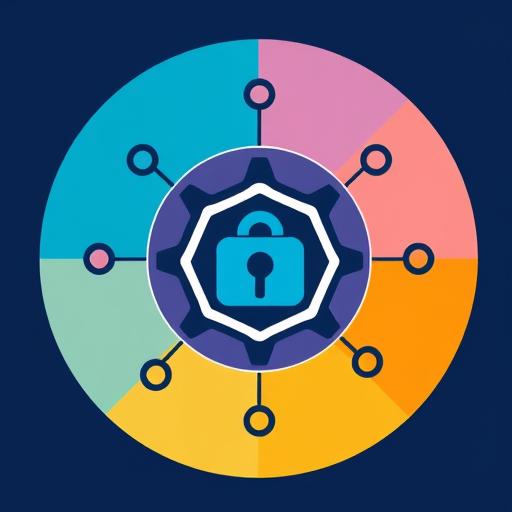Introduction to Essential DevSecOps Best Practices for Secure, Scalable Development
Security is no longer an afterthought—it has become a core component of software development. That’s why an increasing number of teams are embracing DevSecOps best practices, fostering secure applications without thwarting deployment. This guide delineates the most effective practices that synchronize security, development, and operations right from the inception.

Understanding DevSecOps Best Practices
DevSecOps best practices embed security within all stages of the developmental life cycle. It ensures that security isn’t isolated, but ingrained in planning, coding, testing, and deployment.

The ultimate goal is to foster a culture wherein developers, security teams, and operations collaboratively work from the outset.
The Significance of DevSecOps in Contemporary Development

In the present era, development cycles are rapidly paced with code modifications occurring daily, or even hourly.
Without incorporated security, vulnerabilities can remain undetected until it’s too late. Thankfully, DevSecOps rectifies this by automating security scans, enforcing secure coding practices and identifying issues early in the pipeline. It’s a proactive approach, not a reactive one.
Top Five DevSecOps Best Practices to Implement Immediately
1. Shift Security to the Left
Security testing and reviews should be initiated during the earlier phases of development. Employ threat modeling during the planning stage, use static application security testing (SAST) tools during coding, and enlighten developers about secure coding.
2. Automatize Security Checks
Automated security checks keep your pipeline speedy and secure. Make sure to run vulnerability scans on each code commit, implement tools such as Snyk, SonarQube, or OWASP ZAP, and integrate these tools into your CI/CD pipelines.
3. Implement Infrastructure as Code (IaC) Security
While IaC allows teams to manage infrastructure through codes, they must be secure too. IaC files should be scanned for misconfigurations, version control needs to be implemented in infrastructure scripts, and tools like Terraform and AWS CloudFormation with inbuilt security checks should be utilized.
4. Manage Secrets Accurately
Storing passwords or keys in a hardcoded manner compromises security. Secrets should be stored in secure vaults such as HashiCorp Vault or AWS Secrets Manager. Regularly rotate keys and refrain from revealing sensitive data in logs or error messages.
5. Monitor and Log All Activities
Constant monitoring is crucial for catching threats in real time. Setting up real-time alerts for peculiar activity, utilizing centralized logging tools like Splunk or ELK Stack, and regularly inspecting logs for suspicious activity are some preventive measures.
Three Benefits of Establishing DevSecOps Best Practices
1. Early Detection of Vulnerabilities
Implementing DevSecOps allows for early identification of potential issues, saving time and mitigating risk.
2. Faster, Safer Software Releases
Integrated security translates to fewer last-minute fixes and thus decreases deployment delays.
3. Enhances Compliance and Audit Preparedness
Secure pipelines are easier to audit and align with regulations like GDPR, HIPAA, and SOC 2.
Four DevSecOps Missteps to Sidestep
Despite good intentions, teams can make certain missteps. These include treating security as the final step, using too many tools without proper integration, failing to educate developers in security basics, and neglecting runtime threats in production. Being aware of these common pitfalls is essential.
DevSecOps Tools Aligned with Best Practices
Some popular tools dovetailing with DevSecOps best practices include Jenkins or GitHub Actions for CI/CD, Snyk and Aqua Security for vulnerability scanning, Terraform for secure infrastructure as code, HashiCorp Vault for secrets management, and ELK Stack for log analysis. These tools foster automation and enforce security throughout the life cycle.
Concluding Thoughts on DevSecOps Best Practices
Security need not impede innovation. With the appropriate DevSecOps best practices, your team can fabricate software that is fast, secure, and scalable.
Start modestly by integrating one or two changes and expand as your team grows more agile.
For a broader understanding of DevSecOps, check out the DevSecOps article on Wikipedia.
Strive to build securely and intelligently. Remember, security is a shared responsibility across your team.
